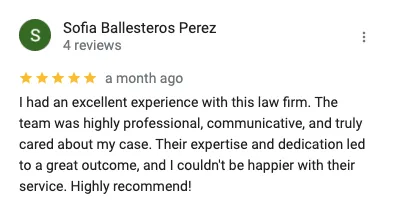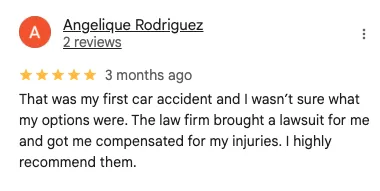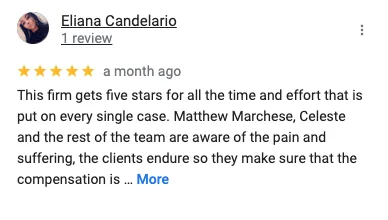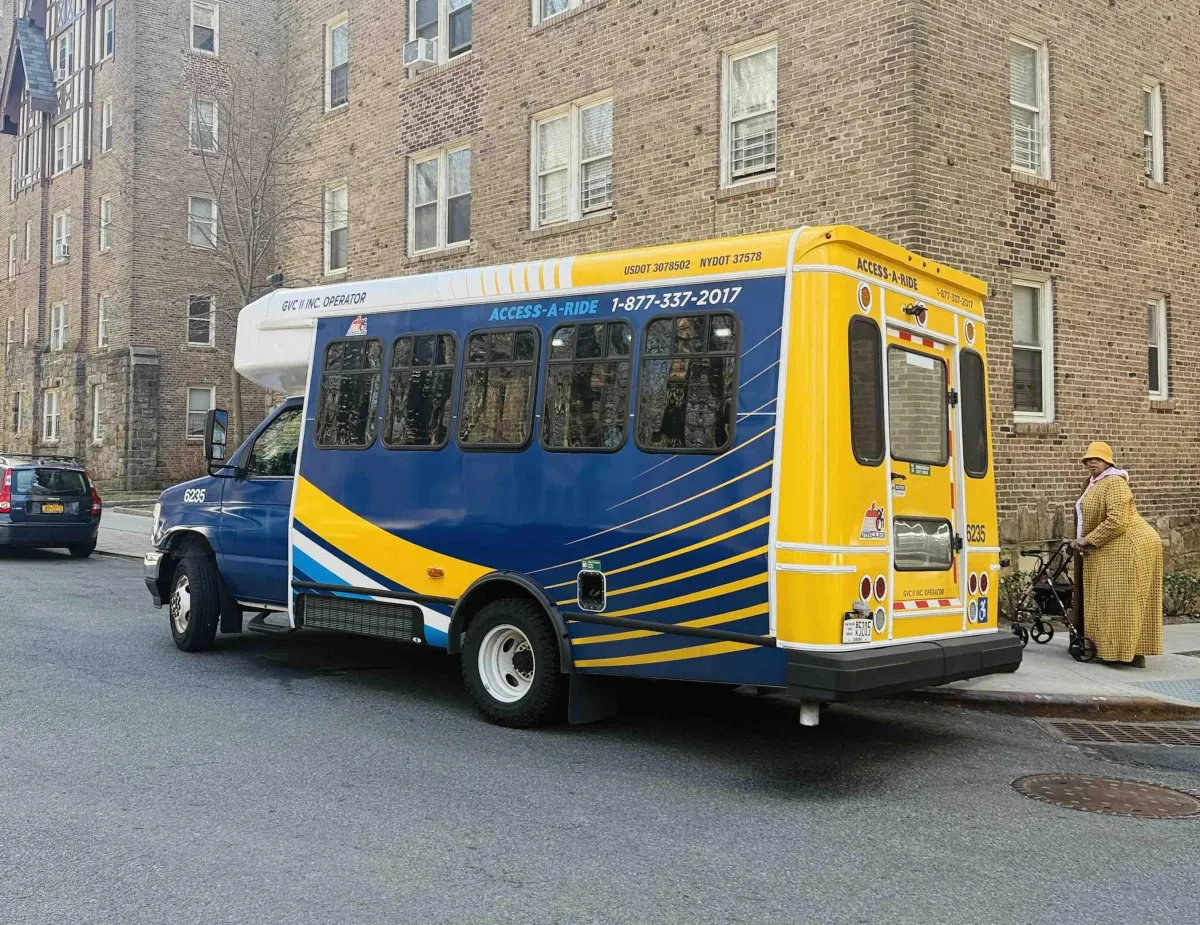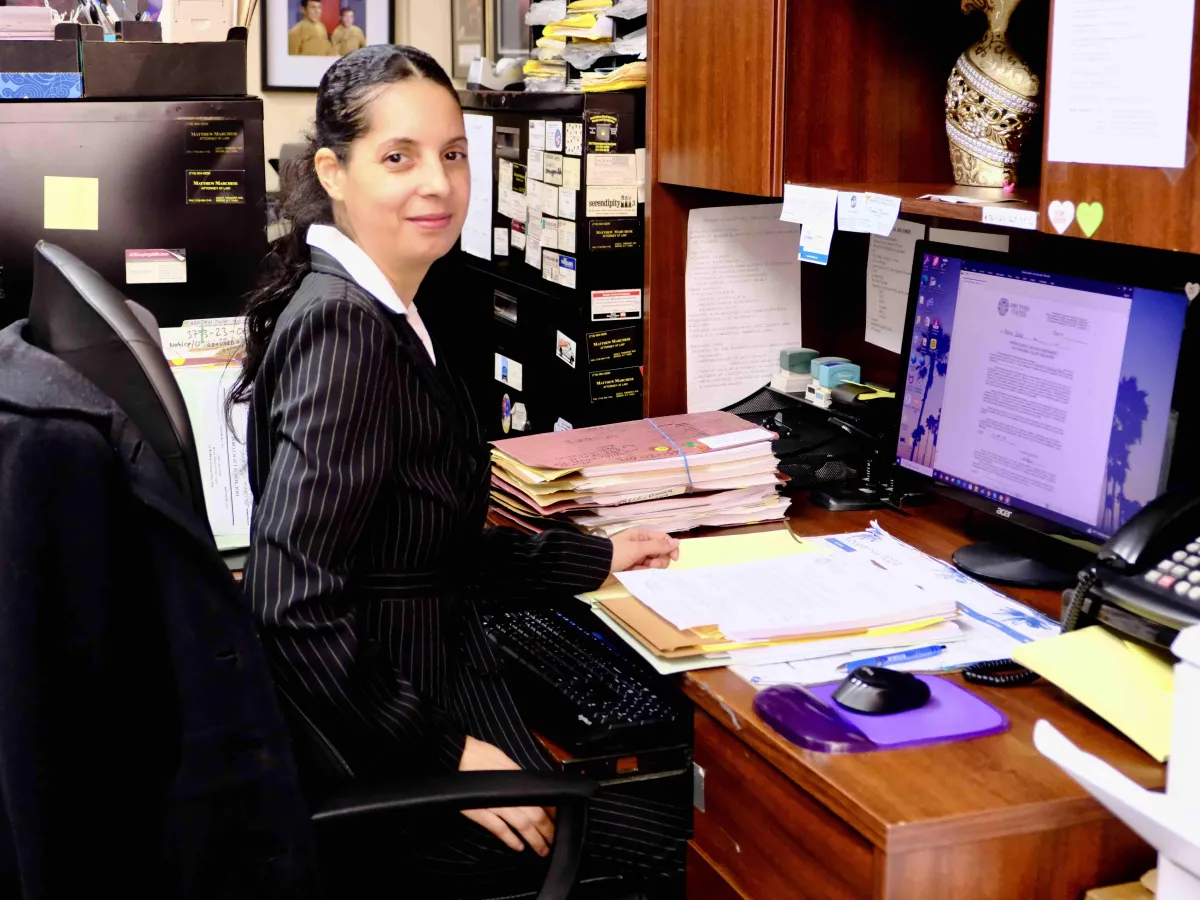❓ Can I get reimbursed for Uber if I don’t have a car?
Legal Explanation:
Yes — but only if the ride was medically necessary and connected to your treatment. No-fault insurance will not cover trips to work, the grocery store, or unrelated errands. You’ll need:
A note from your doctor
Receipts (with pickup/dropoff info)
A matching treatment record showing you were actually seen that day
Real Bronx Answer:
If you live in Allerton and took Uber to PT three times a week, that might qualify — but only if your doctor said you needed it, and you actually showed up. If you just submit receipts without showing what they were for, they’ll be denied.
❓ What if Access-A-Ride takes too long to approve me?
Legal Explanation:
Access-A-Ride approvals can take 2–4 weeks, even for clearly eligible riders. During that time, you still need to attend treatment — even if it means temporary taxis, ambulettes, or rides from family.
Document everything:
Missed calls
Ride attempts
Application progress
Real Bronx Answer:
One client from Soundview waited 17 days for AAR. During that time, she used a mix of Uber and rides from her niece — and kept screenshots. Her lawyer sent it with her no-fault package. She got partial reimbursement and full credit for attending.
❓ My doctor is in Manhattan. Does that matter?
Legal Explanation:
No — location of treatment is up to the patient, but insurers will sometimes question “why not go local?” Make sure:
You have a referral or specialist justification
It’s not just for convenience
You’re not missing visits due to travel distance
Real Bronx Answer:
If you live near Baychester but see your spine doctor in Midtown, that’s fine — as long as you can show that local clinics weren’t an option and you’re not skipping due to the long ride.
❓ My injury makes it hard to climb stairs — but I’m not in a wheelchair. What do I do?
Legal Explanation:
You may still qualify for Access-A-Ride or ambulette even without a visible disability, as long as:
A medical professional verifies your mobility issue
You complete the AAR application and (if required) mobility evaluation
You’re honest and consistent in documentation
Real Bronx Answer:
One woman from Van Nest had severe vertigo after a concussion. She looked fine but couldn’t use stairs safely. Her doctor wrote it clearly, and she got AAR approval — even without crutches or a cast.
❓ Will the insurance company believe I “couldn’t get a ride”?
Legal Explanation:
Only if you prove it. Insurance companies don’t accept “I had no ride” as a standalone excuse. You must:
Show how you tried (ride apps, calls, emails, Access-A-Ride application)
Have a doctor confirm the transportation barrier
Show that you resumed care quickly after resolving the issue
Real Bronx Answer:
A man from Kingsbridge missed 3 weeks of PT after a family emergency left him without a ride. He saved screenshots of cancelled Lyft trips, a waitlist from AAR, and a voicemail to the PT clinic. It was enough to explain the gap — and the claim held up.

